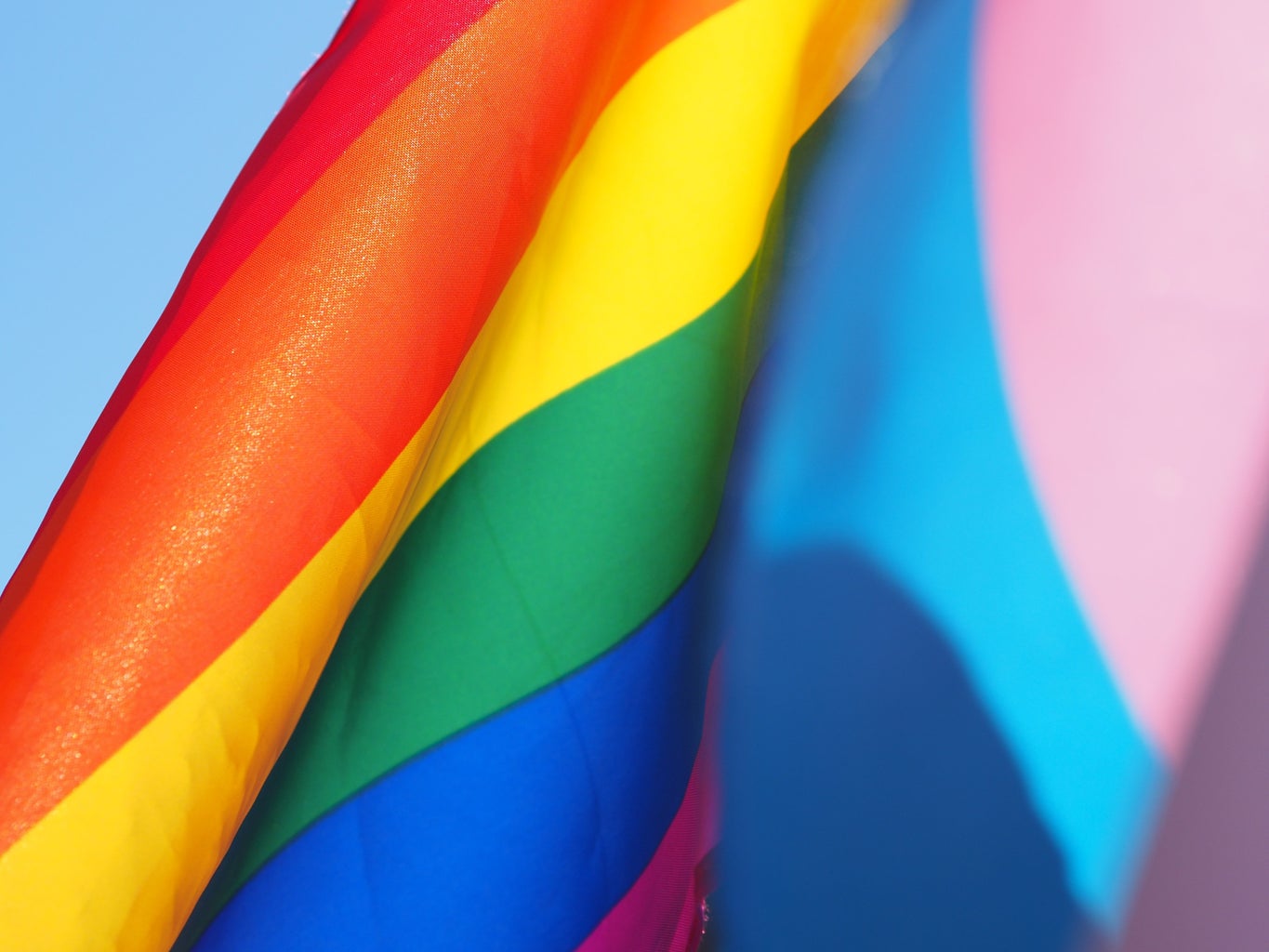Her Campus American journalists are free to express opinions. The opinions in this article are not representative of Her Campus American’s opinions as an organization.
Under the covers, I flipped to the first page, whipped a flashlight out and started my next journey: a new novel. It was a school night, and I wasn’t supposed to be awake. The excitement just couldn’t wait.
As bans on controversial books increase every year, students lose out on stories that represent them, educate them and transport them. In 2021, there were a whopping 1,597 individual book challenges or removals in schools, according to the American Library Association. While data is still being collected, bans in 2022 are set to exceed these numbers, and as a result, hurt students, especially marginalized ones.
Books are a form of escapism, and at the same time, a representation of reality for myself and many others. They put readers into a new world, and at the same time, ground them in the realization of the real one. For many students of color, varying genders and sexualities, books that address these topics are validating and informative.
When I was in high school, two parents filed a lawsuit to remove “Fun Home: A Family Tragicomic” by Alison Bechdel from the curriculum for what they called its “sexually explicit” nature. The graphic novel memoir grapples with a young woman’s relationship with her closeted gay father, and her realization later on in life that she is a lesbian.
Watchung Hills Regional High School superintendent Elizabeth Jewett told New Jersey’s Echoes~Sentinel that the curriculum should reach all students, “not just works that portray traditional gender and sexual identities.” The lawsuit was dismissed by a judge in 2019.
As a closeted queer student and a person of color, knowing that parents who raised children I was with every day wanted to hide LGBTQ+ stories hurt. I hurt for myself, other students and even children of those who wanted the book banned—how could they ever be themselves if they happened to not be straight or cisgender?
Unfortunately, this is the reality for many students. Forty-one percent of subject matter in banned books from 2021 to 2022 featured LGBTQ+ themes, protagonists or prominent secondary characters, according to PEN American. Forty percent of subject matter in banned books included protagonists or prominent secondary characters of color.
Through silencing stories, students themselves are silenced and forced to hide.
While it is important to ensure that content is appropriate for young people and children, it is also important to confront them with reality. Nearly half of banned titles are intended for a young adult audience—essentially high school students, according to PEN America.
Students should not read books that are too mature, inappropriate or triggering. That’s why most books that fit these characteristics are intended for adults, not young adults, which is primarily the category that students read in school.
Proponents of banning books aren’t interested in inappropriateness, they are interested in discrimination. Exposing students to works with real, human topics isn’t dangerous. It’s informative, and it’s important to help students realize who they are.




